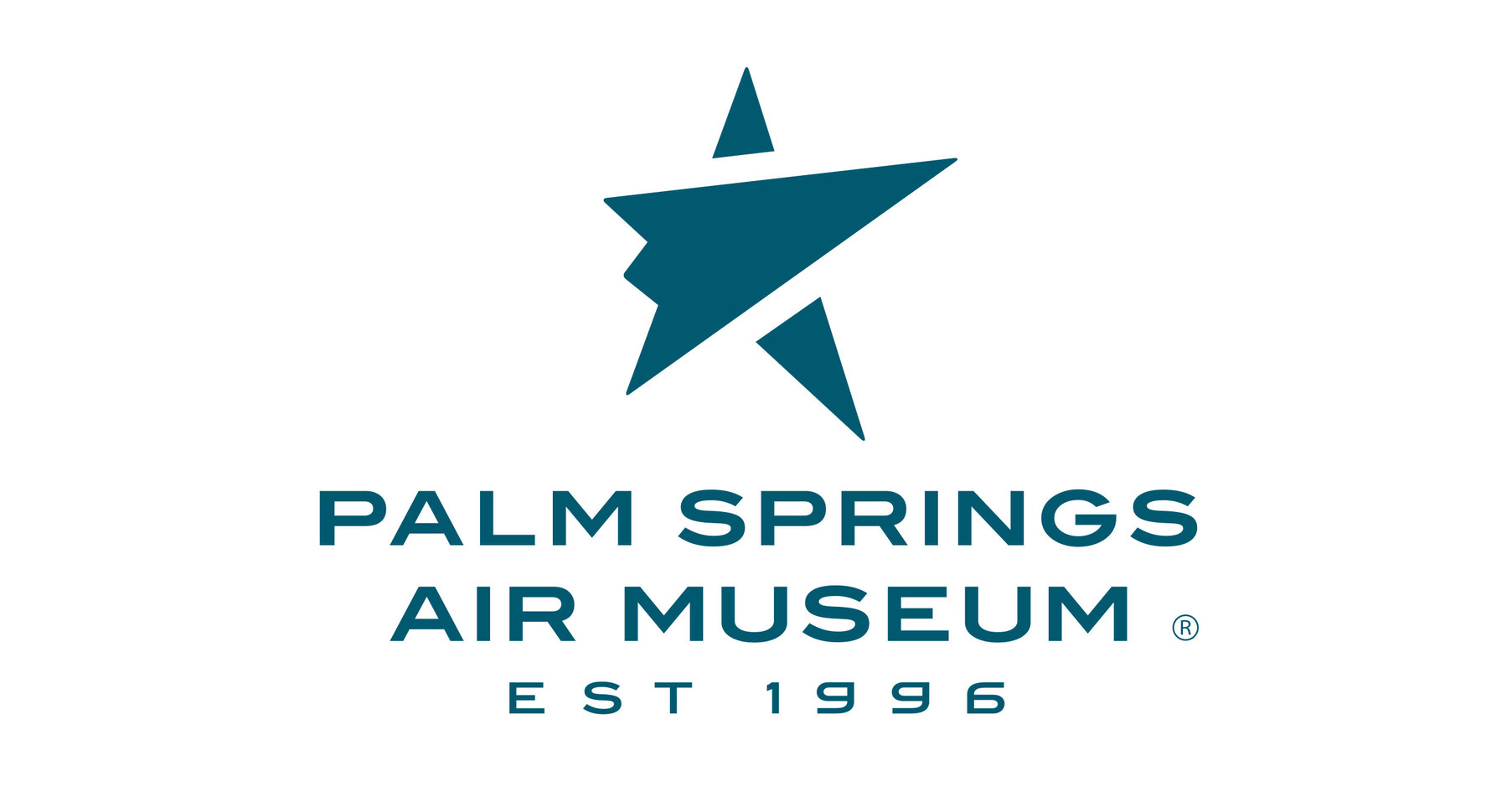More than 700 new jobs could be added and environmental goals reached once a partnership between the ports of Long Beach, LA and Singapore can be fully implemented, the Port of Los Angeles announced Thursday.
One year ago, the ports of LA and Long Beach signed an agreement with the Maritime and Port Authority of Singapore to establish a Green and Digital Shipping Corridor — a maritime route that showcases low- and zero-emission lifecycle fuels and technology with the aim of achieving zero greenhouse gas emissions.
In partnership with C40 Cities — a global network of mayors focusing on the environment — the ports commissioned a study to analyze trade flows, which outlined baseline activities and energy demand requirements for ships operating on the corridor through 2050. The study estimated the quantity of near-zero and zero-emission fuels required for this traffic by the use of alternative fuels, fuel production costs and fuel availability.
It forecasts more green jobs, economic benefits and better health outcomes, such as improving the air quality for port-adjacent communities.
RELATED: Port of LA signs deal for Green Shipping Corridor with China’s Port of Guangzhou
“This study provides a sense of scale and scope to inform our implementation of the Green and Digital Shipping Corridor,” Gene Seroka, executive director for the Port of L.A., said in a statement. “Achieving the reductions of greenhouse gas emissions required will take coordination and commitment from public and private stakeholders across the maritime and goods movement industries.”
Mario Cordero, CEO of the Port of Long Beach, added that one of the most important parts of this partnership is it allows them to “better understand and target a source of emissions that is hard for us to control as a local seaport authority — shipborne emissions.”
The study highlights the potential socioeconomic impact of using more zero- and near-zero emission fuels and leveraging on digital solutions, too. The ports are expected to take a data-driven decision-making approach through the study, utilizing its insights to guide their actions in pursuing the partnership’s decarbonization objectives and aligning with the related goals of the shipping sector, such as the following:
— Vessels operating on the corridor represent 7% of the world’s container trade, which is about 1% of Singapore’s, 14.5% of Port of Long Beach’s, and 20% of Port of Los Angeles’ traffic;
— The projected annual energy demand of vessels on the corridor is estimated to be approximately 60,000 terajoules, equivalent to approximately two months of Singapore’s national electricity generation.
— Shipping demand on the corridor is estimated to be around 850,000 tons of methanol and 160,000 tons of ammonia annually by 2030, displacing the equivalent greenhouse gas emissions from almost 320,000 cars annually.
— The transition to zero- and near-zero emission fuels could potentially create approximately 700 jobs in the production and supply chain of such fuels by 2030.
On Thursday, the three ports convened their first in-person stakeholder meeting of the corridor partnership with industry value-chain representatives, as part of Singapore Maritime Week 2024. These meetings will focus on implementing fuels such as green ammonia or green methanol at scale, including safety emergency response, mitigation and standards-setting.
Additionally, these meetings will focus on route optimization, remote monitoring and using technologies that reduce fuel consumption such as wind-assisted propulsion. They will also look to encourage the use of digital tools for monitoring, reporting and verifying greenhouse gas emissions along the corridor.
“Shipping is a new pillar in the multifaceted partnership with the US. The Green and Digital Shipping Corridor with the ports of Los Angeles and Long Beach highlights the importance of working with industry, researchers, government and society through innovation and capacity building,” said Teo Eng Dih, Chief Executive of MPA. “With traffic along the GDSC accounting for 7% of the world’s container trade, the initiatives by GDSC partners and stakeholders will help generate growth and new opportunities for maritime professionals.”







